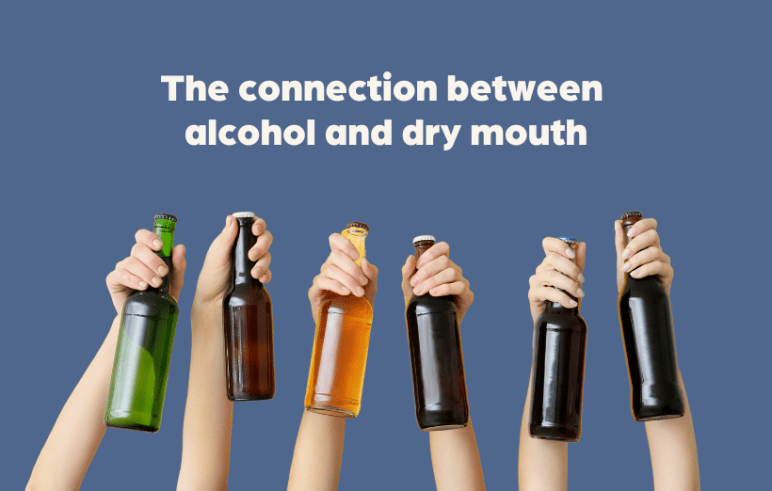FREE SHIPPING When you spend over $50
15% OFF STOREWIDE SALE Use Discount Code: SSBUNNY25
oral health information
Vaping and Oral Health: Navigating the Facts
11 March 2024

While vaping is often portrayed as a safer alternative to traditional smoking, understanding its potential impact on oral health requires a closer look at the research and emerging findings.
The mechanics of vaping:
Vaping involves inhaling and exhaling vapour produced by an electronic cigarette or similar device. Unlike conventional cigarettes, which burn tobacco, e-cigarettes work by heating a liquid solution typically containing nicotine, flavourings, and other chemicals. This liquid transforms into an aerosol that users inhale, thus the term "vaping."
Examining the oral health implications:
As vaping grows in popularity, concerns about its effects on oral health have surfaced. While the long-term consequences are still being studied, several factors suggest potential risks:
Dry mouth dilemma: Many vaping liquids contain propylene glycol, a common ingredient known to cause dry mouth. Decreased saliva production not only leads to discomfort but also increases the risk of tooth decay and gum disease.
Gum irritation and inflammation: The heat and chemicals present in e-cigarette vapor can irritate the gums, potentially leading to inflammation and gum disease. This irritation might contribute to gum recession and heightened tooth sensitivity.
Nicotine's role: Nicotine, prevalent in many vaping liquids, has vasoconstrictive properties that reduce blood flow to oral tissues. This diminished blood flow hampers the body's ability to combat infections and slows down the healing process post-dental procedures.
Stained smiles: Some vaping liquids contain chemicals that can gradually stain tooth enamel, resulting in tooth discolouration and a less vibrant smile over time.
Oral cancer concerns: While the direct link between vaping and oral cancer remains uncertain, the presence of carcinogens and harmful chemicals in e-cigarette vapor raises legitimate concerns about long-term oral health risks.
What current research reveals:
Studies have started to explore the relationship between vaping and oral health. A study published in Tobacco Control noted an increased risk of gum disease among young adults who vaped, even after accounting for other factors like smoking and oral hygiene practices. Another study in PLOS ONE suggested that vaping might alter the oral microbiome, potentially elevating the risk of oral infections and inflammation.
Preserving oral health in the age of vaping:
Despite the potential risks associated with vaping, maintaining good oral health habits can mitigate some of these concerns:
Prioritise oral hygiene: Brushing teeth at least twice daily, flossing regularly, and using mouthwash can help reduce the risk of gum disease and tooth decay.
Stay hydrated: Counteract dry mouth by staying hydrated throughout the day, ideally with water.
Routine dental check-ups: Regular dental visits allow for the monitoring of oral health status and early detection of any issues.
Moderation and alternatives: Consider reducing vaping frequency or exploring nicotine-free alternatives to minimize potential oral health risks.
While vaping has emerged as a popular trend, its impact on oral health remains a topic of ongoing research and concern. By staying informed about the potential risks and implementing proactive oral health practices, individuals can strive to safeguard their smiles and overall well-being in the era of vaping. As research continues to unfold, maintaining a balance between enjoyment and health consciousness remains key.
Recent articles

oral health information
Alcohol and Dry Mouth
Understanding the connection between alcohol consumption and dry mouth.

